Beneficial Garden Insects

1. Ladybug adults and larvae feed on aphids and other soft-bodied insects. Adults are attracted to flower nectar and pollen, which they must eat before they can reproduce.
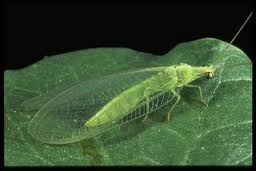
2. Lacewings feed mainly on flower nectar. The larvae are voracious predators that feed on aphids, thrips, scales, moth eggs, small caterpillars and mites.
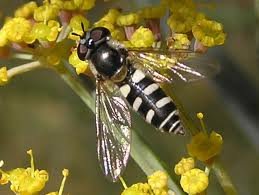
3. Hover Flies or flower flies look like small bees with striped abdomens; the grayish or greenish slug- like larvae have pointed heads. They feed on nectar and pollen. The larvae feed on aphids in tight places where other good bugs can’t go, and are helpful in early spring, before other beneficial insects are active. Flower flies pollinate strawberries and raspberries, producing larger fruits and higher yields.
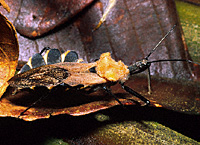
4. Pirate bugs, ambush bugs and assassin bugs prey on many insects, including tomato hornworms, thrips, spider mites, many insects’ eggs, leafhopper nymphs, corn earworms and other small caterpillars. They are attracted to willows, buckwheat, corn, and nectar and pollen from many flowers.

5. Ground beetles feed on slugs, snails, cutworms, root maggots, and Colorado potato beetle larvae. Perennial ground covers, stones, or logs attract them. Rove beetles resemble earwigs without pincers, and feed on many insect pests.
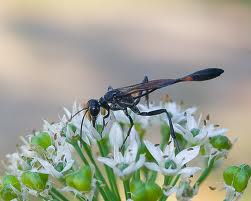
6. Hunting and parasitic wasps There are hundreds of species of wasps, including many so tiny you can barely see them. Mini-wasps attack the eggs of pests, and are one of the most important insect groups that provide control of garden pests.
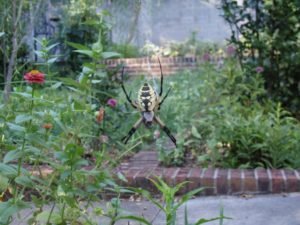
7. Spiders feed on insects and are important in preventing pest outbreaks. Spiders in gardens do not move indoors, nor are they poisonous.

8. Tachinid Flies look similar to house flies and are enemies of cutworms, army worms, tent caterpillars, cabbage loopers, gypsy moths, sawflies, Japanese beetles, squash bugs, and sow bugs.
